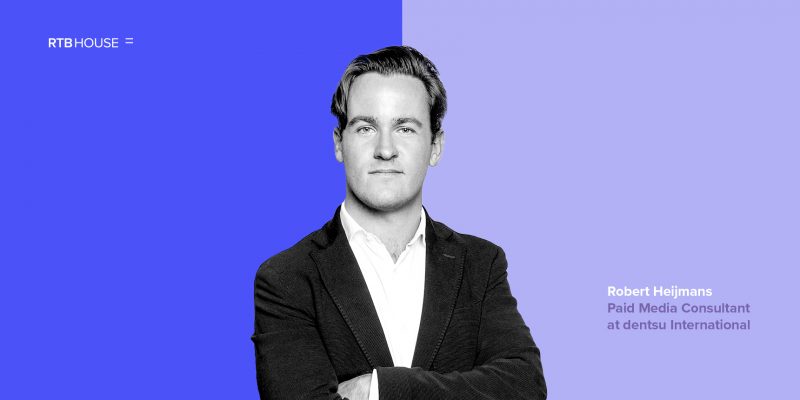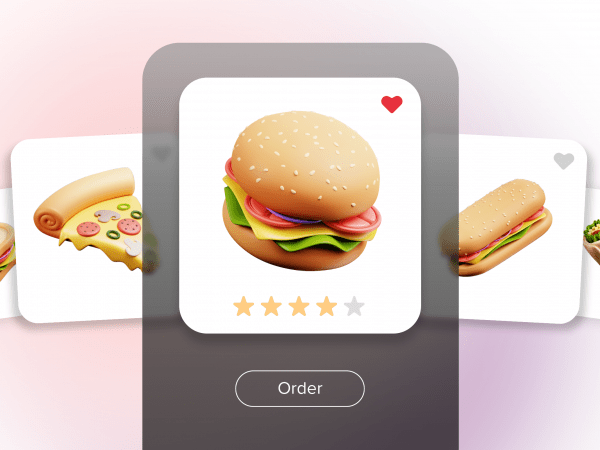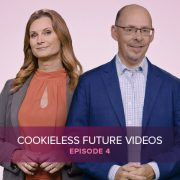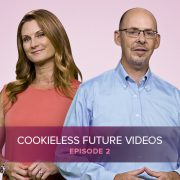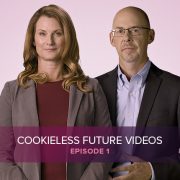Last Updated on: 27th December 2023, 06:41 pm
‘Talent of the Year’ at the 2022 MWG Awards, Robert Heijmans is an energetic advocate of new, cutting-edge approaches to marketing and advertising. He embraces new technology, relishes the challenges of a cookieless future, inspires clients with his vision and is tuned in to the big shifts in the media landscape such as consumer-centric advertising and segmentation. In this interview, Heijmans reveals what future possibilities most excite him.
Key takeaways:
- Cutting-edge advertising—how to focus on clients’ business goals
- The importance of proactivity
- Challenges of a cookieless future
- The imperative of high-quality content
Table of Contents:
As soon as Robert Heijmans, Paid Media Consultant at dentsu International, begins to explain how he relates to clients, you can see why they like him and why he wins awards. “I try to treat my clients’ business as if it were my own,” he says.
Rather than obsessing over vanity KPIs, content frequency and the blizzard of media targets, Heijmans zooms in on business goals. What does the client want to achieve? Don’t only look at audiences and brand awareness, he argues, also determine how you are going to help your clients reach their sales and revenue targets.
“I try to get to the core of business objectives,” he explains. “If you dig deeper than simply looking at media targets, you validate their business targets.”
Strategic partnerships
This empathy with clients reflects the wider approach of dentsu International, with its 45,000 specialists in 145 markets worldwide across six brands, covering media, customer experience management and creative. “Our culture is not only to be an advertising partner but a strategic partner to our clients,” says Heijmans. “My colleagues can offer analytics, commercials and media buying, whereas I find other companies have more expertise silos.” He particularly recommends dentsu’s combined media creation and buying synergies. “I’m fond of having them both under one roof,” he says.
Alongside strategic partnerships, Heijmans adopts a proactive stance. “I don’t wait for a briefing,” he insists. “If you’re waiting for a media plan, you’re only servicing the client, not adding value.” He recently spotted that a retail client had declining footfall in a certain area and proposed a campaign to drive customers into stores. “I came up with the idea, the client said: ‘Let’s do it!’ and it delivered financial value for us and for the client,” he reports.
An online journey
Heijmans and his team advise one of the top luxury automotive brands on their digital marketing strategy, urging customers to take a test drive. This campaign involves technical colleagues who track pixels to map website activity collaborating with others who use data on how to direct customers from a landing page to a test drive decision.
“We devised a way to structure the online journey,” says Heijmans. A digital showroom allows customers to select a vehicle model, colour, engine size and interior design. “We want customers to fall in love with the car,” he explains, “then book a test drive.” So emotions, passion, intuitive ease of website navigation, design and messaging all had to combine. “There was a significant uplift in customers booking drives,” he confirms.
A car digital showroom is at the thin end of the wedge, as concepts like the Metaverse and augmented and virtual reality worlds proliferate. On this topic, Heijmans remains mildly sceptical. He sees a gradual advance in digital technology’s incursion into physical life, “but I hope that as a society we are social enough to stay in the real world.”
A cookieless future
More engrossing to him, and more of a conundrum to marketeers and the advertising profession in general, is the looming demise of online cookies, together with the dizzying multiplicity of media options, as new social media platforms emerge, old ones fade from view, and technology permits ever increasing segmentation and personalisation.
“The ‘cookiepocalypse’ is both a technical and a people problem,” says Heijmans. “Consumers are demanding more privacy and that’s causing regulation.” He mentions Apple’s Intelligent Tracking Prevention (ITP) and its more recent ‘hide my IP address’ function as part of a fundamental shift from brand-led to consumer-led advertising. “Advertising is not just about the message, it’s about what’s happening all around,” he argues. “So it’s not just about targeting a certain audience. You need to get across certain content and be visible within placements. So it’s about choosing the right places where advertising sits, to be more effective. You need to understand the consumer, select the best situation, use design to get the most attention and achieve most visibility.”
Good to know: Contextual vs. Behavioral Targeting – How to Master Your Targeting Mix
Heijmans agrees with RTB House’s opinion on actively preparing for the cookieless future and states: “Media agencies shouldn’t be slacking.”
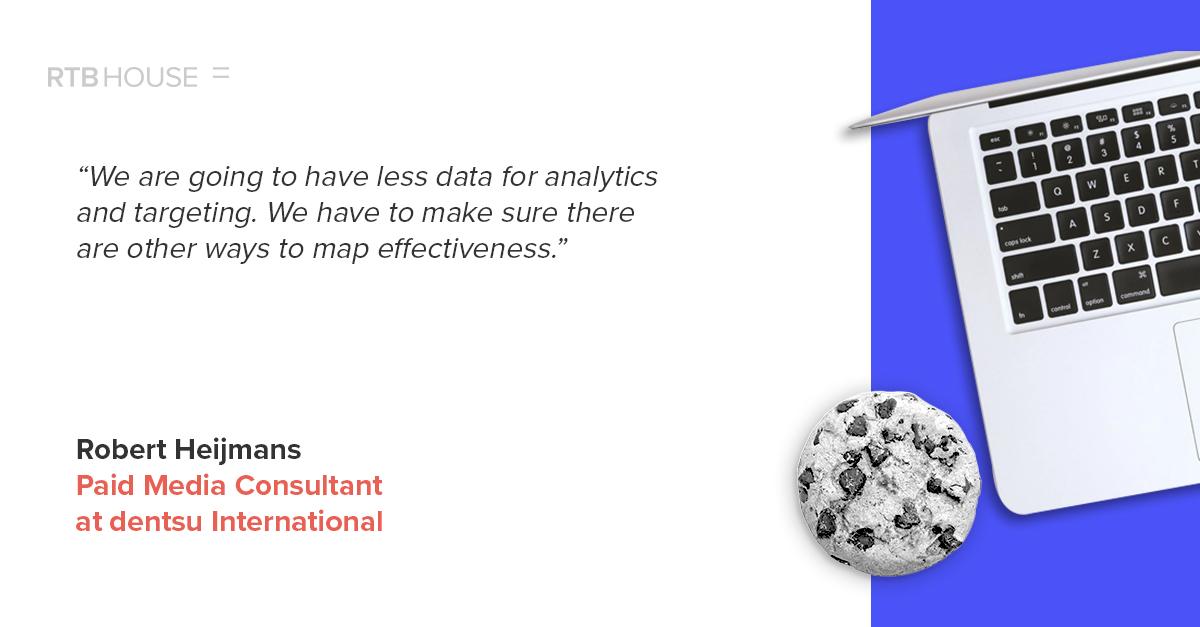
These will centre on context: the weather, consumers’ devices and their location for example. As dentsu’s recent report The Cookieless World points out, if gasoline prices are rising in a certain area, ads for electric vehicles could be effective.
High quality content
Consumers’ growing reluctance to sit through lengthy ads presents challenges and opportunities to media professionals like Heijmans. The displacement of linear TV by digital streaming allows for greater segmentation, but means consumers will demand higher quality content, he believes. The shortened attention span of the ‘microwave generation’ has begun to affect the kind of advertising they will tolerate. Ignoring this trend could harm brands, he believes, as consumers increasingly value relevance and brevity.
“I think that short video content will be king,” says Heijmans. He argues that platforms offering AVOD (advertising-based video on demand) along with subscription-based channels offering advertising-free content, will multiply in future. Media professionals will have to navigate this new landscape, with AI tools such as dentsu Quality View – which gathers data from YouTube to support brand objectives – and Objective Platform, which facilitates cross channel marketing measurement to help you regain control of your marketing effectiveness and return on ad spend.
Good to know: How to Build a Video Marketing Strategy
The media landscape will doubtless continue to evolve in new, surprising and disruptive ways, yet you feel that in Robert Heijmans, clients have a trustworthy pilot who will engage passionately with them and with the world around them, to everyone’s benefit.
If you have any questions regarding the article and our solutions, please let us know.
For industry updates, follow RTB House on Linkedin.
